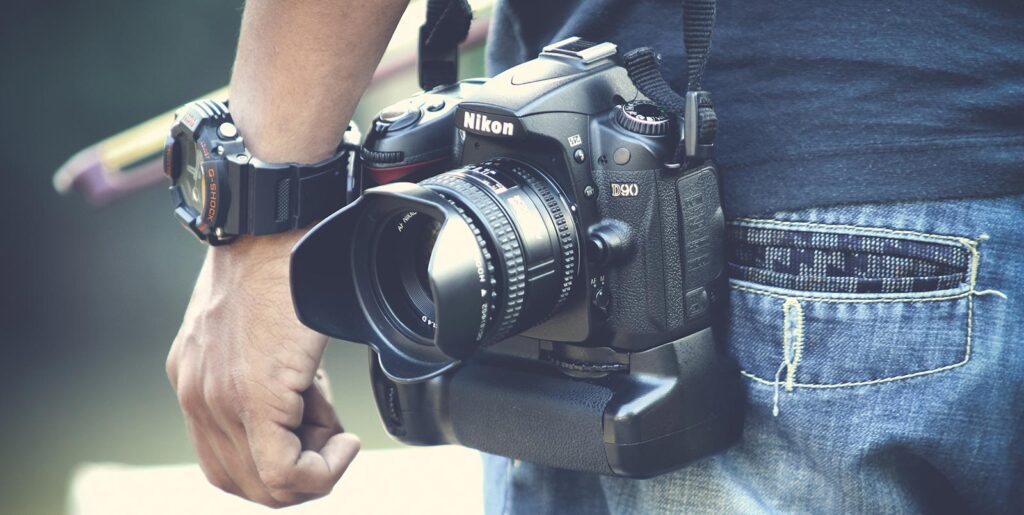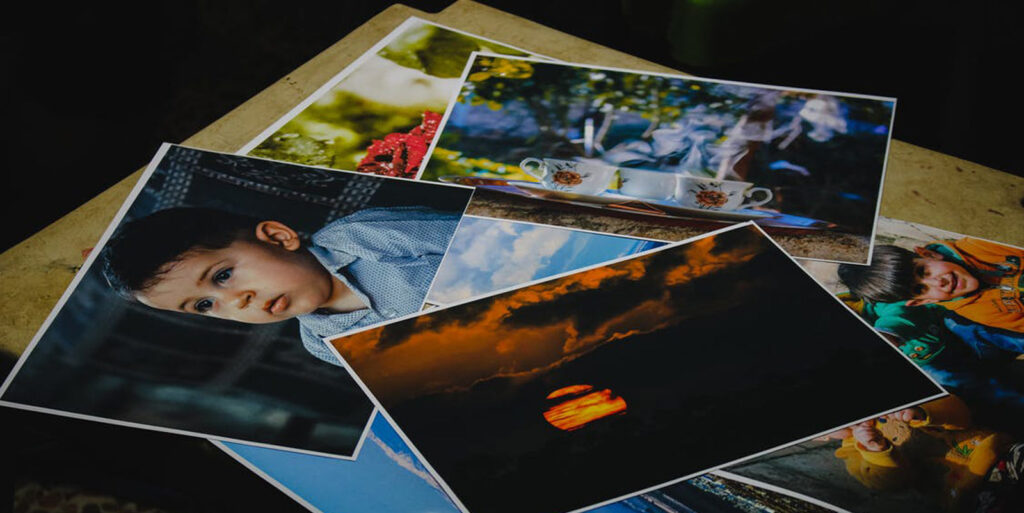Blog Series Post #1: Get your assets in gear!
When kicking off a new web project, there are a few simple steps that you can take to help ensure the project progresses on schedule, on budget, and with great results. In this post, we’ll be talking about suggestions for gathering and providing great imagery for your website.
Aim for captivating, high-quality images.
Nothing spruces up a website like gorgeous photography, compelling illustrations, and engaging infographics.
Creating or finding the perfect images for your site can be challenging, but it’s well worth the time and effort. Studies show that 94% of a website user’s first impressions are design-related (sagipl.com), and 75% of users admit to judging a company’s credibility based on its website aesthetics (kinesis.com). High-quality images in your design play a huge role in creating that positive first impression.
Choose images that connect with your page content.
Every page or post on your website has a story to tell. That beautiful landscape shot you took on vacation might be a lovely photograph, but if it doesn’t relate to the content on your page, it may be confusing for site visitors. Always strive to use images that support the story you’re telling.
How can I find great images for my website?

1. Hire a photographer.
Hiring a professional photographer is a great way to ensure you get amazing images for your site. Your photographer, web designer, and copywriter can collaborate with you on the best subject matter, environment, and photo compositions for your web design.
In order to ensure great results, photo shoots require planning and coordination. Good photographers are frequently booked, so schedule your shoot well in advance, and if it’s outdoors, you’ll need to schedule a rain date as well. At Stride, we’ve been managing and directing photoshoots for almost two decades, so we’re here to help if needed. Contact us or view our list of tried and true local photographers.
A word of caution: Professional photo shoots can be a significant investment of both money and time, so this may or may not be an option for you.

2. Use stock photography.
Stock photography is probably the most common source of photos for websites. There are many stock photo websites out there that offer high-quality photography for an affordable price. Sites like iStock, Shutterstock and Getty Images offer a range of beautiful images.
A word of caution: Most audiences are pretty savvy now when it comes to spotting stock photos, so relying too heavily on stock photos may lead to a generic, less credible feeling to your website. When choosing stock photos, shoot for natural-looking ones, with people that dress like your people, in environments that look like your environment. For stock photos with a local vibe, check out local photographers that sell their own photos as stock. Many have stunning portfolios and reasonable prices.
3. Check out free stock photo sources.
There are more and more websites offering high-quality, royalty-free photography for commercial use. These sites include Pexels, UnSplash, Pixabay, and Burst by Shopify, among others. These sources usually offer a smaller number of images than the paid sites, so it may be harder to find the perfect image, but if you’re operating on a tight budget, you can’t beat the price.
4. Consider illustrations or video.
In addition to photography, illustrations, infographics, and videos can add a unique flavor to your website. And like photography, there are many websites that offer an affordable option for finding just the right visual. Start with the sites listed above that offer stock photography; most offer stock illustrations and infographics, as well as stock video clips.
You may also consider hiring a local professional to create custom illustrations and stunning videos. Contact us for more information about these local options in the Burlington, Vermont area.

Get organized and get going.
Once you’ve decided on the sources and types of your website images, take some time to plan out your general image costs and timelines so that you don’t run into surprises later.
When you’re ready, contact your web development team, or check out our next post in this series: How to prepare images for your web team.
